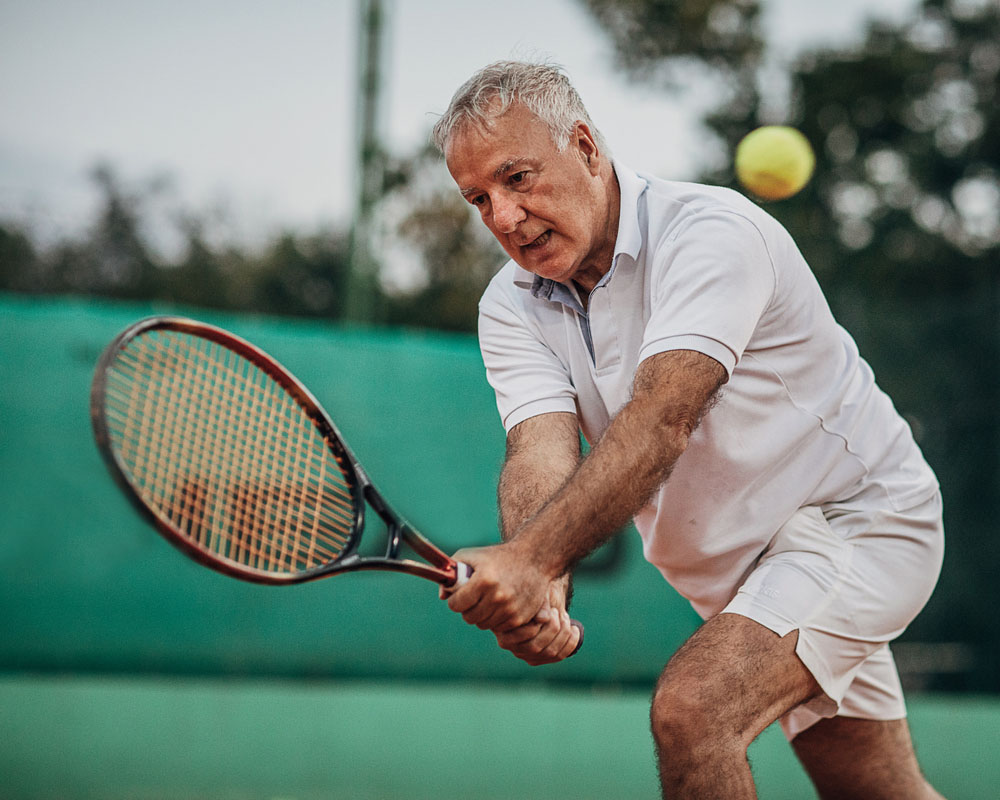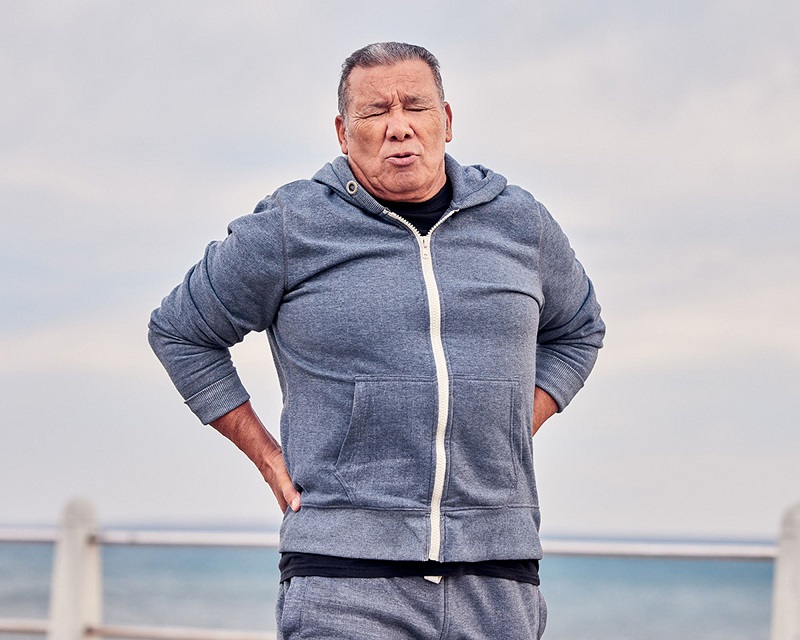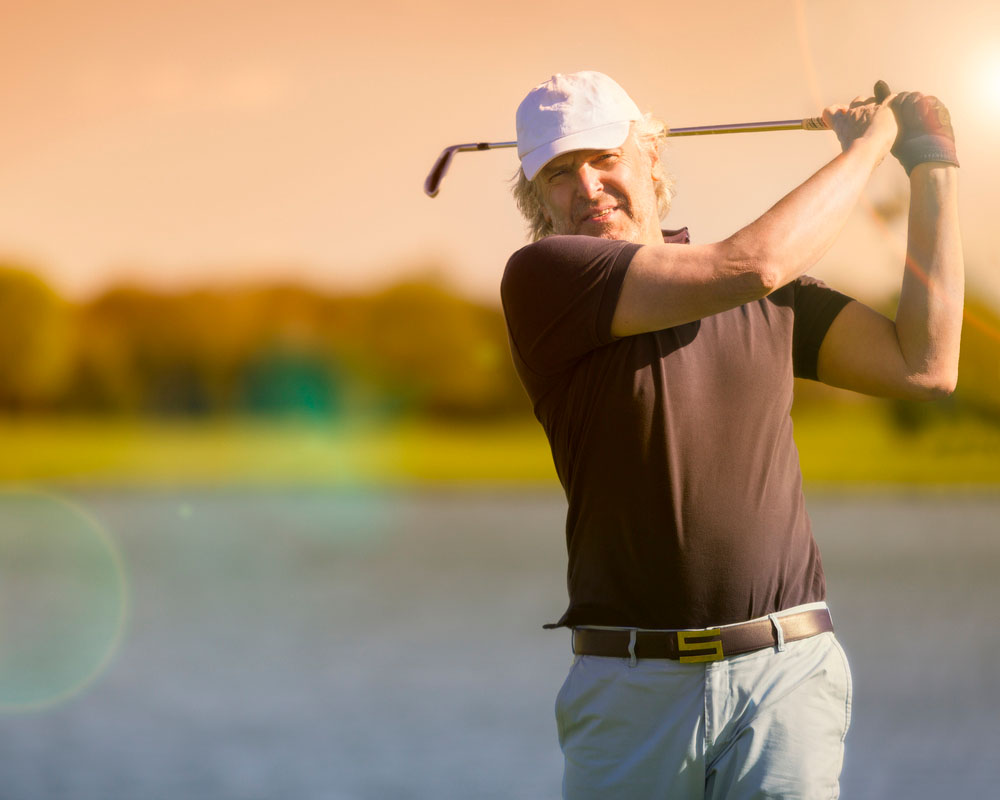The Role of Regenerative Medicine Treatments for Sports Injuries

Whether sports are a means of income or just a way to keep in shape, remaining injury-free is a top priority for professional athletes and the sports enthusiast alike.
Unfortunately, engaging in sports and other high impact activities is associated with an increased risk of causing orthopaedic injuries that are notoriously painful and require long periods of time to heal.
Today, sports medicine doctors use regenerative treatments to treat a wide variety of sports injuries including damage to tendons, ligaments, muscles, and cartilage.
For many athletes, being out of the game can be very costly. As a result, much research over the past several decades has focused on the use of regenerative medicine treatments to heal sports-related joint injuries and avoid surgery.
Regenerative Medicine and Professional Athletes
Increasingly, professional athletes are turning to regenerative medicine and alternative treatments to get back on the field, course or court. Previously many opted directly for surgery, but now more and more are seeking out regenerative medicine to speed repair and relieve pain.
- Alex Rodriguez received platelet-rich plasma injections into the knee and shoulder.
- Kobe Bryant sought stem-cell treatment for degeneration of his knees.
- Tiger Woods received PRP treatments for a blown-out ACL and Achille’s tendon injury.
- Jack Nicklaus received stem cell therapy on his shoulder after years of steroid injections failed to relieve his pain.
- Tennis star, Rafael Nadal, has also received PRP treatments on his knee.
There are many more examples of famous athletes that have benefited from stem cell regeneration treatment.
Regenerative Sports Medicine
Joint Structures Commonly Associated with Sports Injuries
Here we describe the structures that comprise joints that are commonly involved in sports-related injuries and the development of osteoarthritis.
Osteoarthritis is a degenerative condition caused by repetitive use or trauma to a joint that leads to the loss of joint space between abutting bones causing severe pain and immobility.
- Articular cartilage is a type of tissue that covers the surface of a bone at a joint. Its principal function is to provide a smooth, lubricated surface for low friction movements and to facilitate the transmission of mechanical loads to the underlying bone. Damage to articular cartilage in the knee, for example, may occur due to direct trauma but also occurs in association with injuries to the surrounding joint structures.
- Meniscus is a C-shaped piece of tough, rubbery cartilage that acts as a shock absorber well known for its function in the knee where they act like a cushion between the tibia (shinbone) and femur (thighbone). Meniscus Tears can occur when there is both compression and twisting, frequently with ligament injuries. Tears in the knee are common in contact sports, like football, skiing, volleyball, and basketball.
- Labrum is a cup-shaped rim of cartilage that lines the shoulder joint where the humerus fits into the socket or glenoid. Tendons and muscles of the shoulder attach at the labrum which, when torn, can lead to shoulder dislocation. Labral tears can result from a direct blow to the shoulder, falling on an outstretched hand, overuse in weightlifting, and in throwing and overhead sports (e.g., volleyball, tennis, and track and field).
- Ligaments are strong, fibrous, elastic bands of interwoven collagen fibers. Ligaments surround the joint supporting and limiting its movement. An overstretched or torn ligament is a sprain. Ligament injuries occur in any high-intensity sport involving running and pivoting, commonly seen in the knees and ankles but possible in any joint (e.g., the wrist, thumb, shoulder, neck, and back).
- Tendons connect muscles to bones; located on each side of the joint, they control movement of the joint. They are composed of collagen fibers that run parallel to each other providing support but also elasticity and typically heal quicker than ligaments. A strain is a twist, pull, or tear of a muscle or tendon. Most tendon injuries are caused by overuse. Sports involving running, jumping, overhead hitting and throwing, or gripping (e.g., tennis and golf) can lead to inflammation, irritation, or a rupture of the tendons.
How Can Regenerative Medicine Help Treat Sports Injuries and damage resulting from Osteoarthritis?
The field of regenerative medicine has revolutionized the treatment of sports-related bone and joint injuries. Here we examine three treatments that have clinical efficacy:
- Amniotic Membrane Allograft Injections
- Growth Factor Injections
- Plasma Rich Membrane Injections
A growing number of professional and amateur athletes are turning to advanced regenerative therapy before considering surgery.
Growth Factor Injections
Growth factor injections are another approach and can be used in conjunction with allograft injections. Growth factors are naturally occurring proteins or hormones capable of stimulating cell proliferation, wound healing, and occasionally cellular differentiation.
In articular cartilage, numerous growth factors work in concert to regulate development and homeostasis. Injection of growth factors into injured or osteoarthritic joints, are intended to kickstart tissue repair offsetting joint degeneration.
Platelet Rich Plasma (PRP)
Platelet Rich Plasma (PRP) therapy also stimulates healing without pharmaceuticals. PRP begins with drawing some of the patient’s blood and processing it through the use of a high-speed centrifuge.
The concentrated platelets secrete at least seven different growth factors that promote healing and pain relief when injected into the affected area.
PRP is very useful and effective in healing severe labral and meniscal (knee) tears, chronic osteoarthritis of the knee and even avascular necrosis of the hip.
StemX offers growth factor injections and PRP therapy as natural alternatives to drug therapies and as an alternative for surgery.
About StemX Group
We provide stem cells and regenerative medicine services for orthopaedic, joint, muscle and tendon injuries. Our staff is specially trained in regenerative treatments providing natural, non-surgical therapy to repair, rebuild joints and cartilage in - knees, shoulders, ankles, hips, backs, necks and more.
Recent Posts

BMI and Weight Loss: Understanding the Impact on Health
Body Mass Index (BMI) serves as a widely used tool for assessing weight status relative to height, offering valuable insights

Faqs About Regenerative Medicine and Stem Cell Treatment
Common-faqs-regenerative-medicines-and-stemcell-treatment

Five Habits that Could Be Worsening Your Knee Pain
Five Habits that Could Be Worsening Your Knee Pain

Regenerative Medicine Treatments for Tennis and Golfer’s Elbow
Overuse and repetitive contractions of the muscles and tendons of the forearm ...



